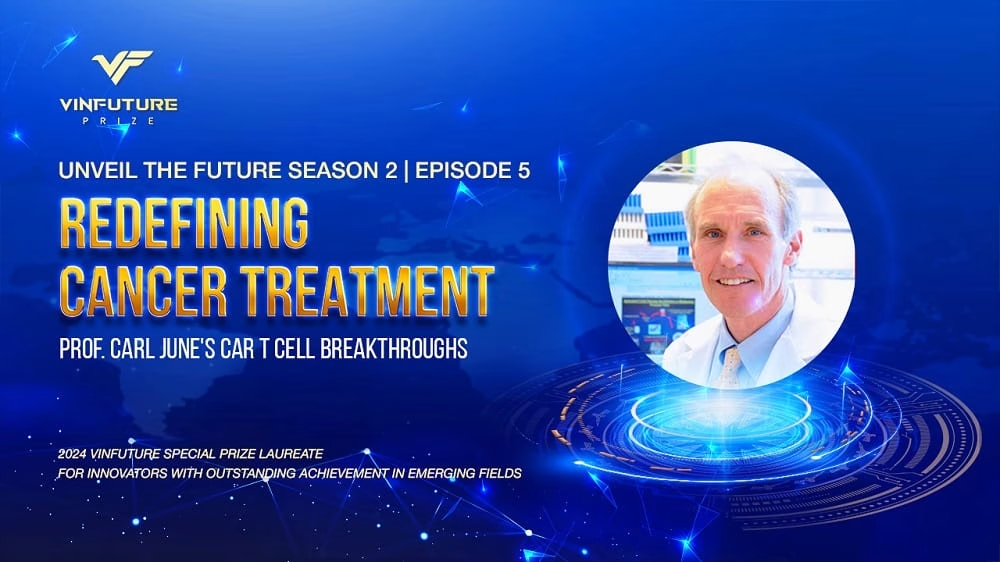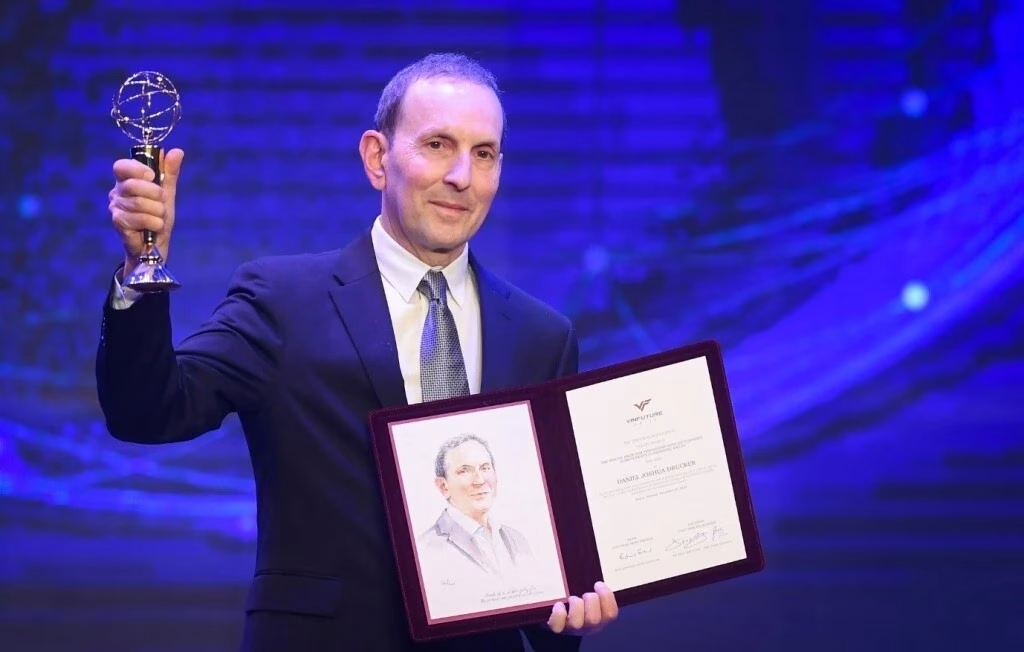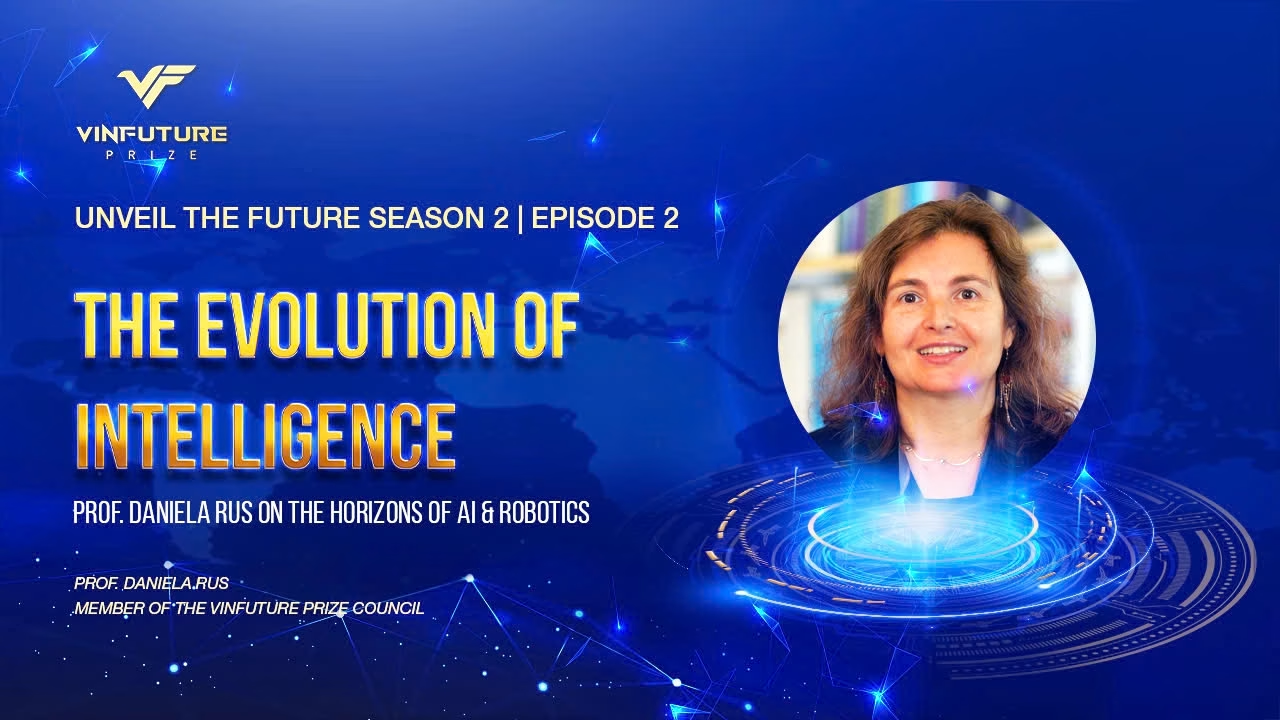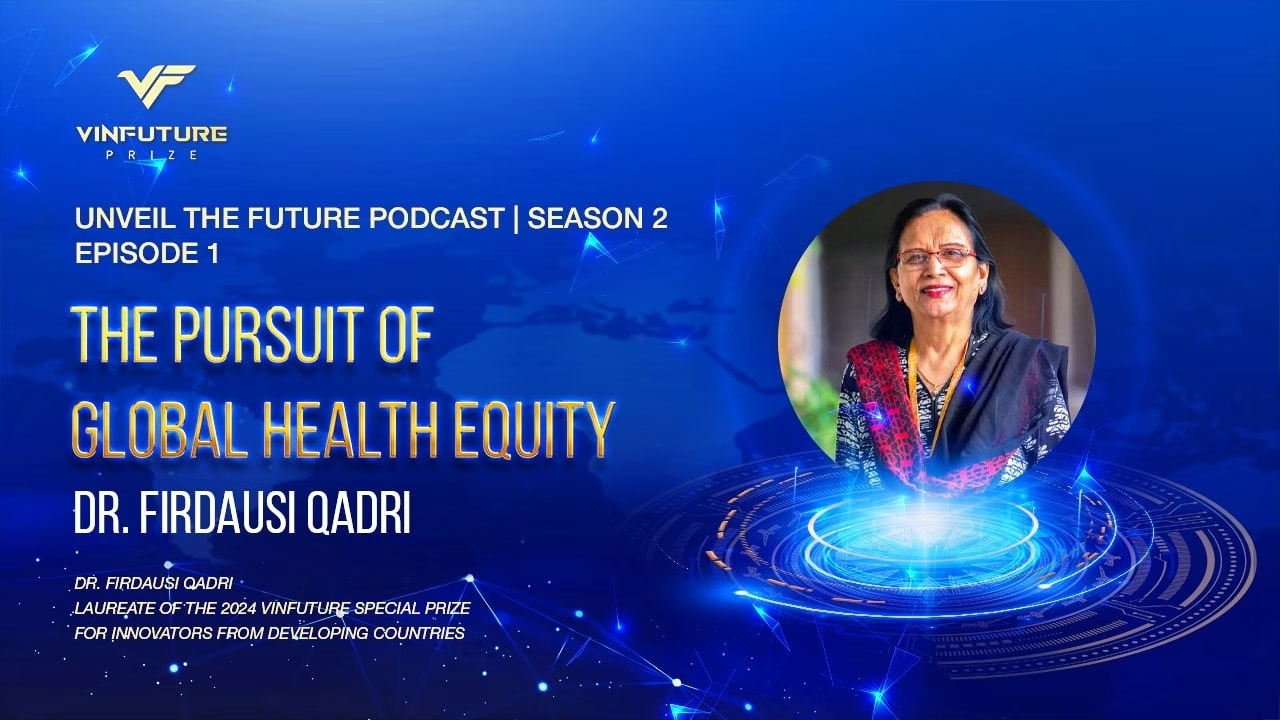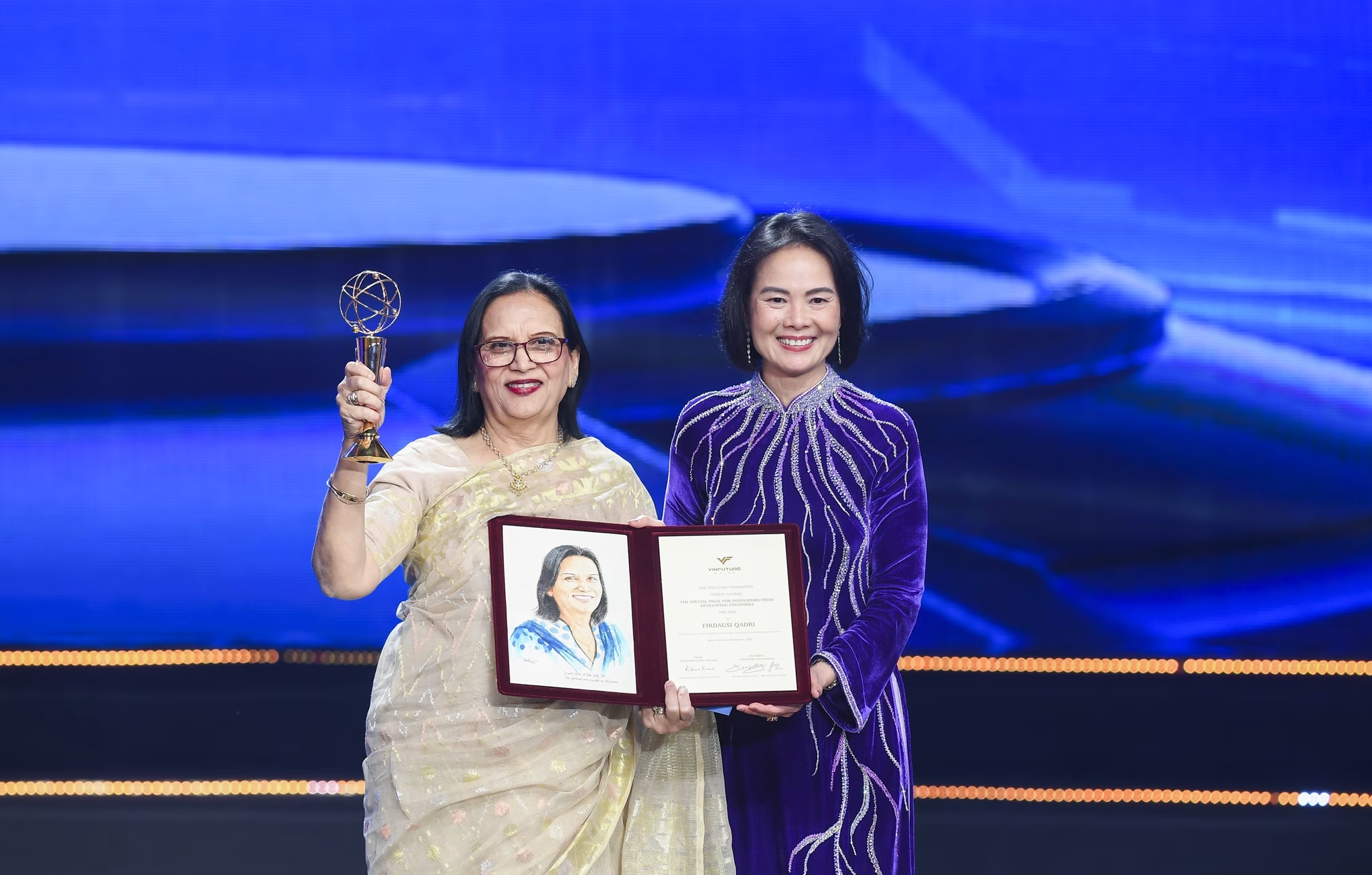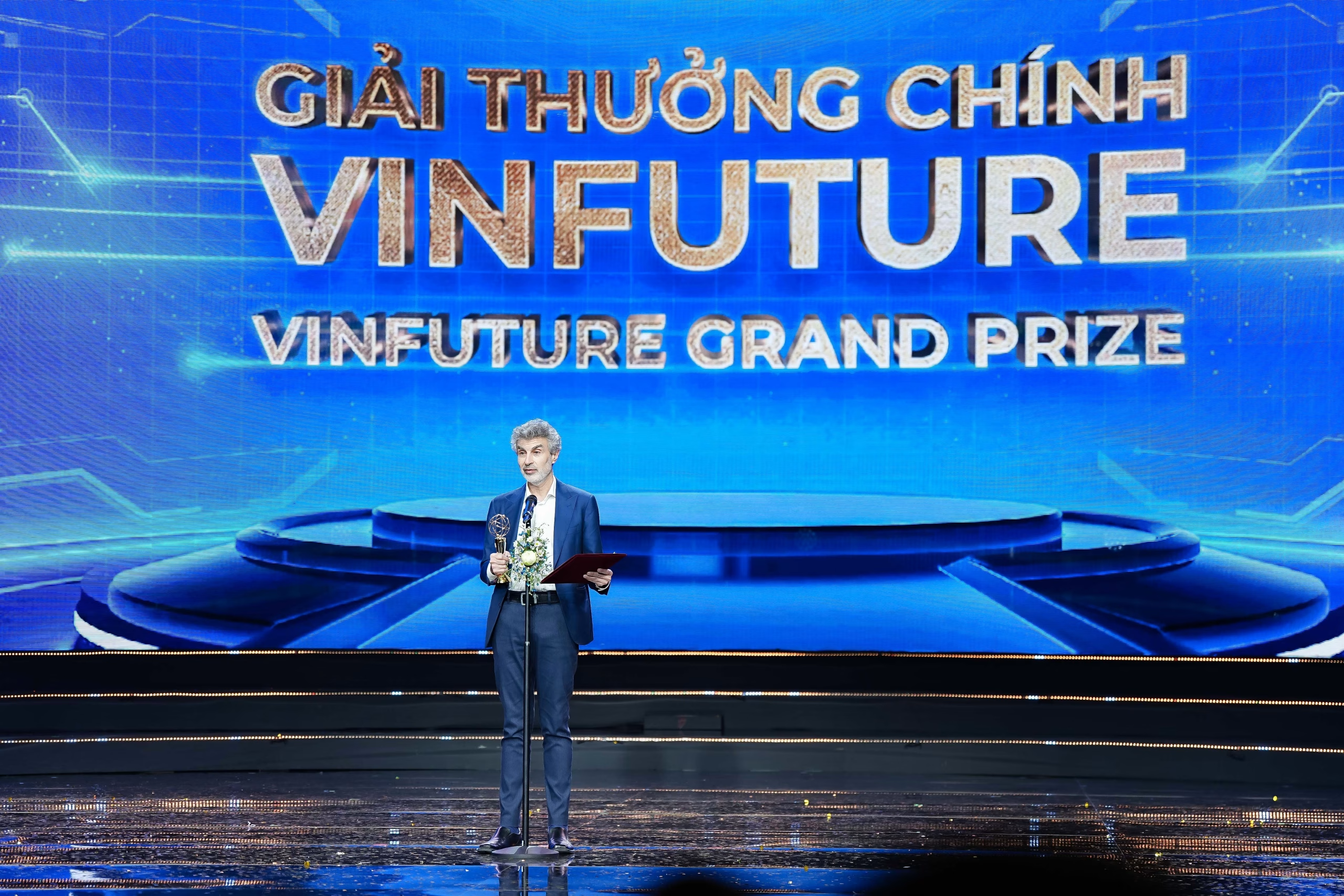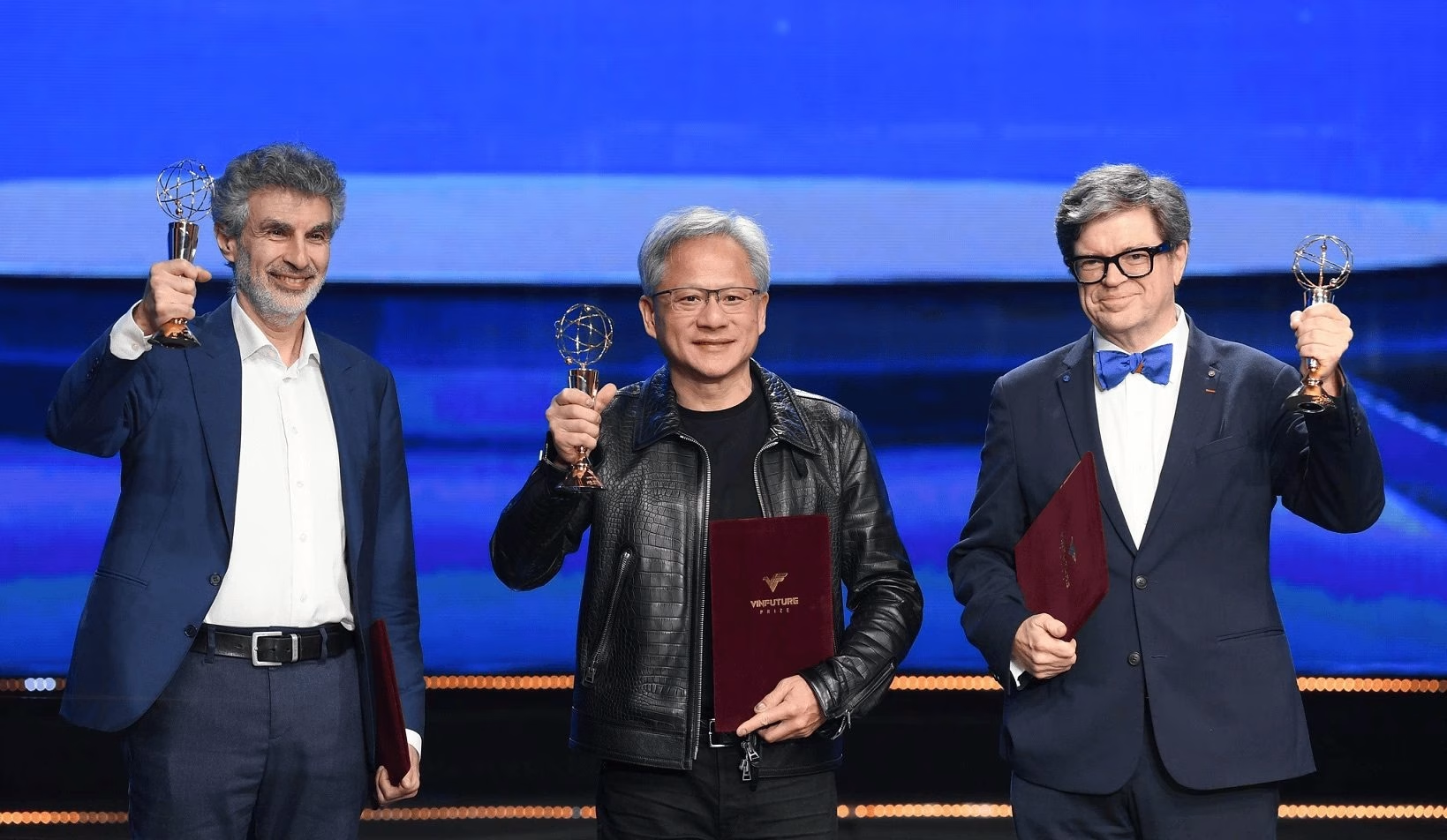AI robots are coming
Q: The fields of AI and robotics have seen tremendous acceleration in recent years. Could you share some of the most exciting developments and how they might transform industries in the next five to 10 years?
Prof. Rus: AI and robotics are evolving at an incredible pace. AI has extraordinary capabilities, primarily in the digital world. Meanwhile, robots excel in the physical world, but are not inherently intelligent, since they largely operate from pre-programmed instructions.
The exciting objective is to bridge this gap by integrating AI’s ability to process text, video, images, and other data to make real-world physical machines intelligent. They can be robots and also other machines, including power grids, sensors, and satellites; essentially anything you want in the physical world.
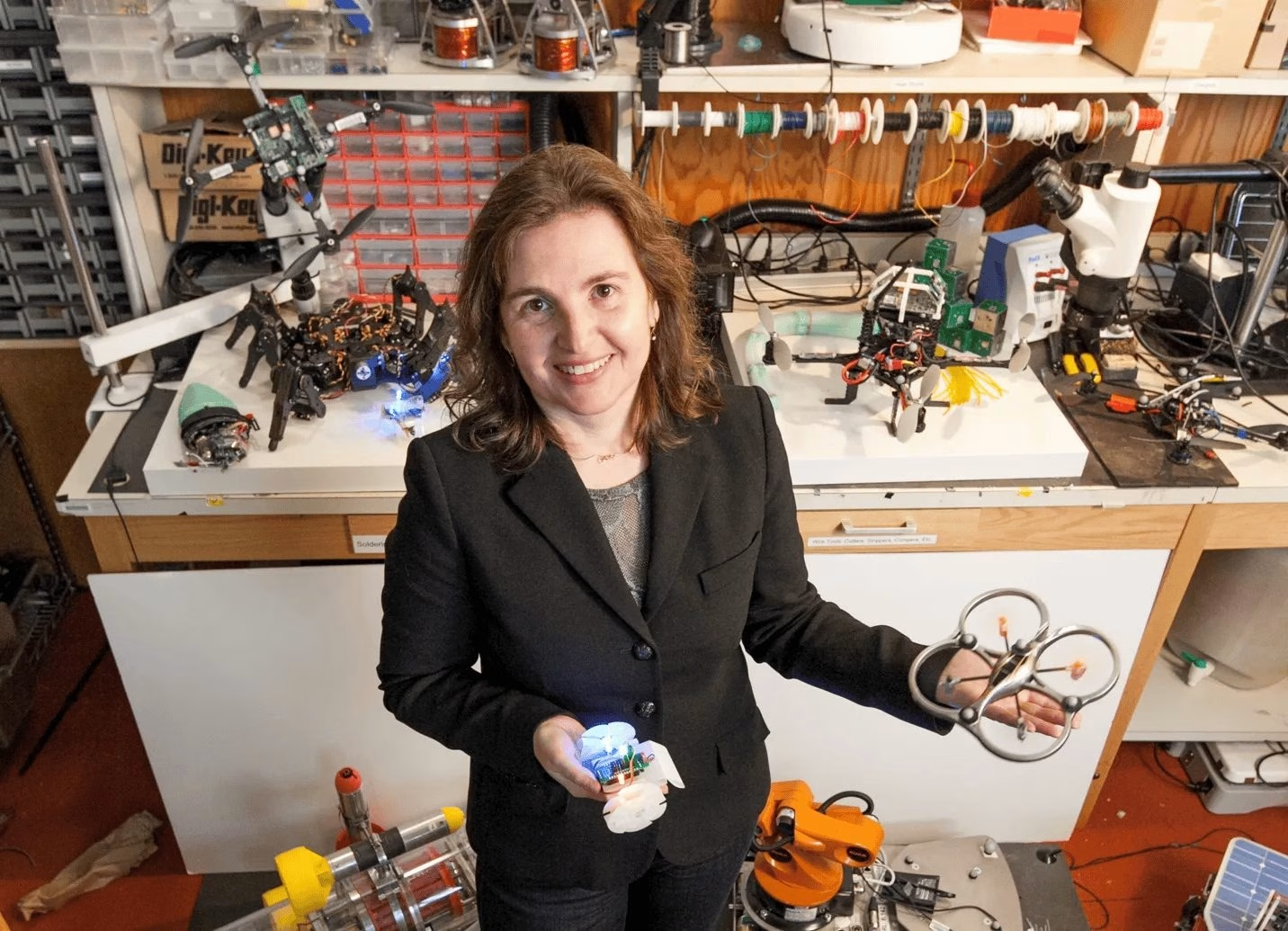
This vision requires what I call “Physical AI.” This means developing AI models that not only process information but also understand the physics of the real world. It will require certain advances because today’s AI is largely statistical, lacking an understanding of real-world physics.
Additionally, AI relies on energy-intensive server farms but if you want to run AI on safety-critical applications, there is no time for cloud calls. To address this, AI computation should be embedded into the machine’s body.
The exciting question for me concerns how we can develop AI solutions that are physics-aware, causal, error-free, compact, and can be integrated into the machine’s body. My research group and many of my colleagues worldwide are eagerly exploring these advancements, which will fundamentally reshape industries in the coming decade.
Q: How do you see the potential of these technologies addressing challenges in the future, including healthcare and transportation?
Prof. Rus: The potential is enormous as AI and robotics can significantly enhance cognitive and physical tasks. In healthcare, AI-driven diagnostic tools can improve monitoring and disease detection. Meanwhile, autonomous systems promise safer roads, reducing fatalities, and making our transportation system much more efficient and effective. One of the most exciting applications is real-time language translation, which can enable seamless global communication.
In general, we have the potential to offload routine tasks to machines and empower people to focus on strategic thinking, creativity, and tasks that require human judgment.
However, it’s important to understand that the technologies we have today in AI, machine learning, and robotics cannot solve all our problems and take on all our tasks. Although they are remarkable and well-suited for many applications, some challenges lack solutions, requiring further research.
Embrace the AI era
Q: What are your thoughts on the long-term impact of intelligent robots in developing countries? How should we prepare the next generation for this technological shift?
Prof. Rus: It’s important to recognize that these tools are neither inherently good nor bad: their impact depends on how we choose to use them. The real power lies in the synergy between humans and machines, which can get to a better outcome than either of them could achieve on their own.
To harness their full potential, we must equip individuals with the knowledge and skills to navigate this evolving landscape, in the form of digital literacy. Education plays a crucial role in this process. Whether through formal schooling, corporate training, or community-led initiatives, we must ensure that learning opportunities are accessible to all. Fortunately, we live in a time where many free online resources are widely available to learn more about these transformative technologies.
Q: With AI reshaping industries and societies worldwide, the VinFuture Prize has recognized the pioneers driving this change. As a member of the VinFuture Prize Council, how does it feel to be part of an award that honors AI’s global impact?
Prof. Rus: It is truly exciting to witness AI being recognized on a global scale. The VinFuture Prize is a remarkable initiative that honors outstanding contributions to science and technology, and it is wonderful to see AI researchers and advancements receiving this level of recognition.
The prize highlights how far we’ve come from the scientific foundations of AI, to the point where it can create so much impact in improving our lives and contributing to a better world.
My expectation is that this collaboration will focus on identifying and celebrating groundbreaking achievements and people who have made those contributions that have the potential to transform industries and improve lives. More importantly, I hope it will serve as a rallying point to inspire young people, researchers, and developers worldwide to push the boundaries of AI and robotics.
Q: In your opinion, how can this recognition accelerate the development of AI and robotic solutions for developing countries like Vietnam?
Prof. Rus: We are at a pivotal moment where AI is beginning to make a profound impact on the world. Celebrating and recognizing the extraordinary individuals who have contributed to shaping this field is inspirational.
It will energize the younger generation to participate, learn, and contribute. The more that young scientists and engineers engage with AI and robotics, the faster we will see meaningful advancements that create a more equitable and sustainable future for all.
“The path is never a straight line”
Q: As a woman inspiring global advancements in AI and robotics, could you describe what initially ignited your passion for robotics?
Prof. Rus: As a child, I was captivated by science fiction. I loved reading Jules Verne’s books and imagining a world filled with extraordinary superpowers. Then, I studied computer science, mathematics, and astronomy in college, and my path took shape when I met my future PhD advisor.
He gave an incredibly inspiring talk, explaining how many classical computer science problems had already been solved and that the next frontier was applying computation to interact with the physical world. This realization was a turning point for me, as I saw an opportunity to work on something groundbreaking.
At the time most robots were either humanoid, robotic arms or box-like machines on wheels, primarily built from metals. While industrial robots were incredibly powerful, they remained isolated from people on the factory floor because they were big, heavy, and potentially dangerous to be around.
In reflecting on the then-state of the art, I realized how the natural world was full of diverse forms and materials, and explored ways to expand the definition of a robot to include a wider range of these. In my lab, we pioneered early work in soft robotics and investigated using silicone, paper, and even food as the basis for making new robots.
While doing this, I also came to realize that a machine needs not just a body, but a brain. While the physical structure determines what a machine can do, without intelligent control it’s just an inert object, unable to reach its full potential. We need to think about developing advanced software that enables machines to act with purpose and adaptability. By merging smarter AI with innovative materials and designs, we can push the boundaries of what robots can achieve.
Q: What setbacks or challenges have you ever encountered in your science journey?
Prof. Rus: Challenges are inevitable, and the path is never a straight line. The key is to stay focused on a big goal. For me, it is a future where machines seamlessly support people in physical and cognitive tasks – not as novelties, but as truly practical tools.
In doing this, my work has always been driven by the goal of advancing the science and engineering of intelligence. The questions we explore evolve with the field itself: what once seemed like a hard problem can turn out to be surprisingly simple, while seemingly straightforward challenges can reveal unexpected complexities.
Innovation is a constant process of adaptation, where progress is shaped not just by our ambitions, but also by the ever-shifting frontiers of science and technology. You have to adapt to wherever science and engineering can take you. Studying these machines has taught me that we have so much opportunity and more left to learn, not only about the machines but also about ourselves.
Q: AI and robotics have historically been seen as male-dominated fields. Do you think the landscape has changed and what progress have you seen?
Prof. Rus: Many extraordinary women in computer science and AI have worked together with their male colleagues to push the boundaries of knowledge. It is exciting to see that as the field expands, we are seeing increased participation from both women and men, which is encouraging. I don’t separate contributions through the lens of gender in this field because what truly matters is their work.
That said, we must continue fostering an environment that encourages diverse perspectives. Through mentorship, education, and policies, we can ensure that more brilliant individuals, regardless of gender, can thrive in these fields.
